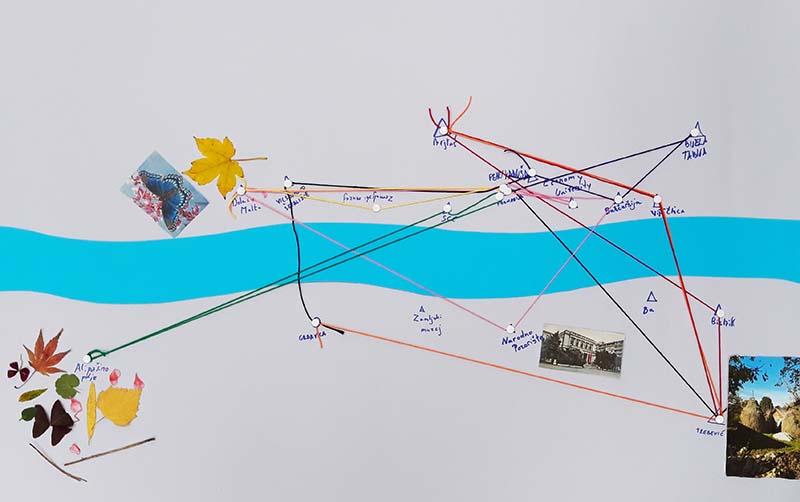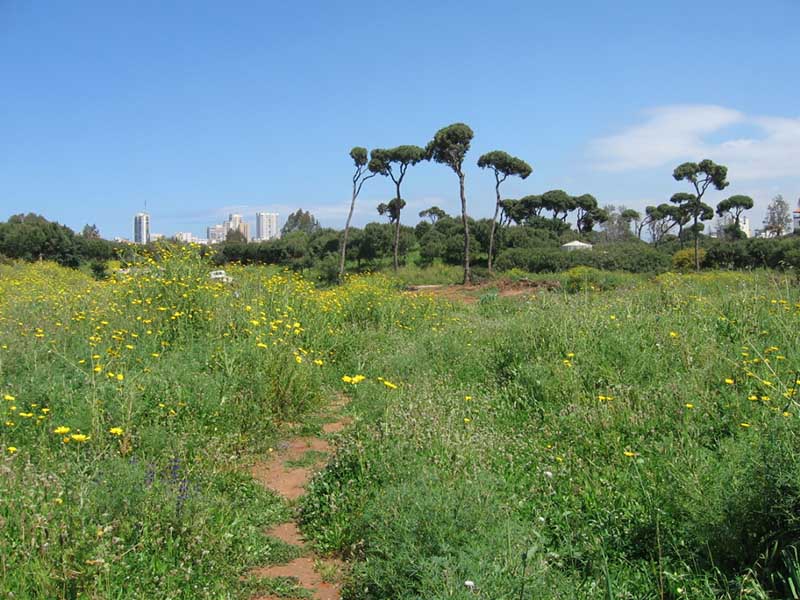On the 13th of January 2022, I received an invitation from my friend, the artist-pedagogue Jean-François Pirson, to intervene in one of his projects. The invitation’s postcard was accompanied by two maps of the Dunkirk region, in risograph printing.
The workshop “My special journey in Sarajevo” hosted by the War Childhood Museum (WCM) offered children, between 10 and 13 years old, a first approach to storytelling and mapping. Each child made his one zine of a one day journey in Sarajevo. After pointing out the places that appear in the story each child located them on[...]
A table with a view led the workshop “Open up your box” hosted by the War Childhood Museum (WCM) in Sarajevo. To elaborate this workshop, the WCM gave me access to 25 children’s testimonials from the archive, describing a particular aspect of their life during the war. The testimonials have a recurrent feature: There is an object[...]
QSI International School of Sarajevo invited A table with a view as a guest speaker during the Stem career week 2021. The event took place online (because of sanitary regulations) and was directed to children between 3 and 10 years old. A narration of Zaha Hadid's biography by writer Mª Isabel Sanchez Vegara and illustrator Asun Amar,[...]
The idea of a walk on the municipal limits of the capital city Beirut stemmed from a relentless “arpenteur”, the artist-pedagogue, Jean-François Pirson. To this initial endeavour, the idea of finalizing the walk with a picnic at the Bois des Pins came as a natural ending. The Bois des Pins comprises 300.000 m2 of green public space[...]
INDISCREET CHIRPING: Sound as a spatial amplifier QUIDAMes: Anne-Sophie de Visscher (artist), Petra Pferdmenges (architect) & Darine Choueiri (architect, urbanist). https://atablewithaview.com/wp-content/uploads/2021/05/pajarossounds_casco1.mp3 The installation: Indiscreet chirping seeks to reveal a place through sound. Sound powerfully triggers in the collective memory an “image of a place”. A song, an ambulant merchant’s call, city noise, or birds chirping… bring instantly[...]






